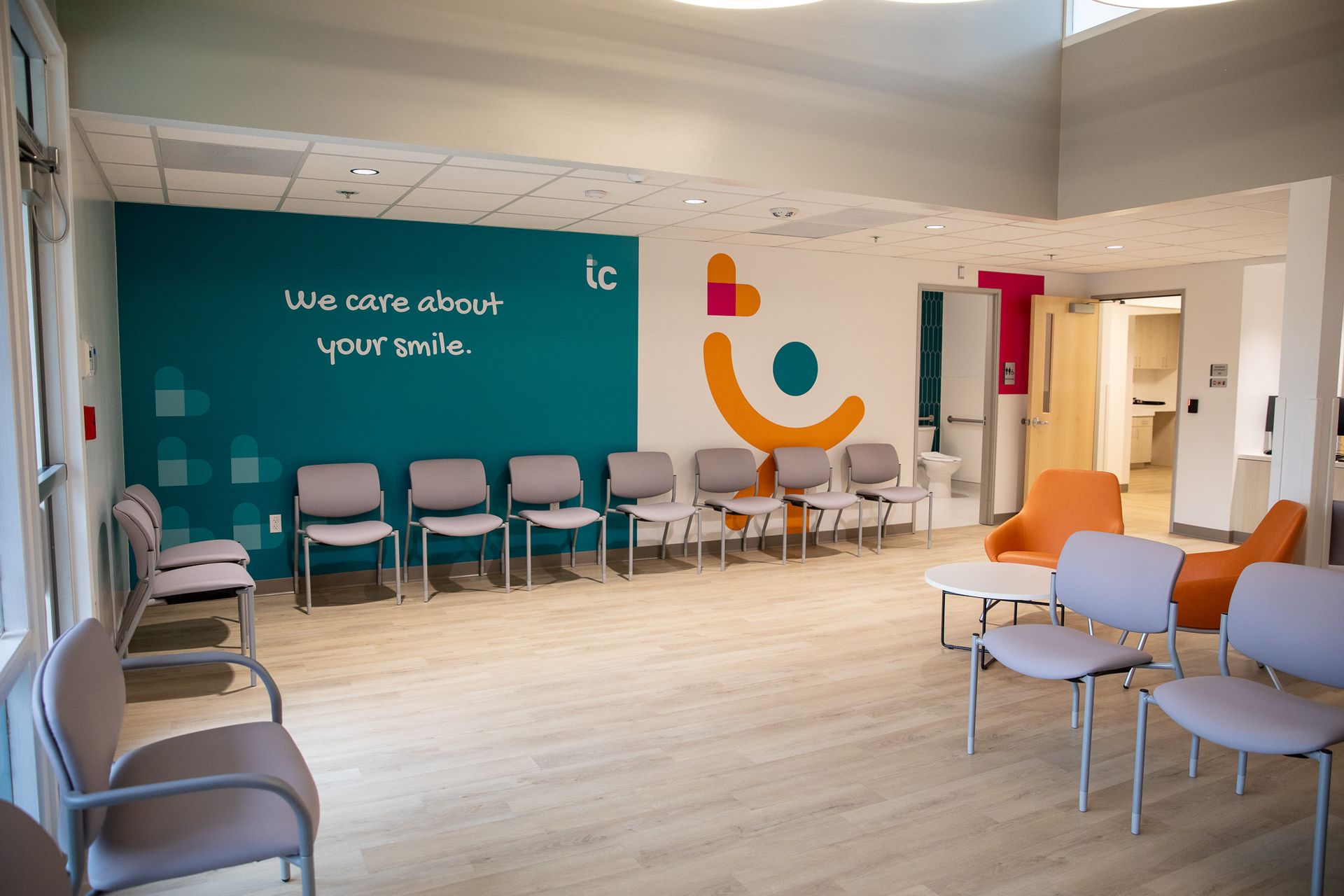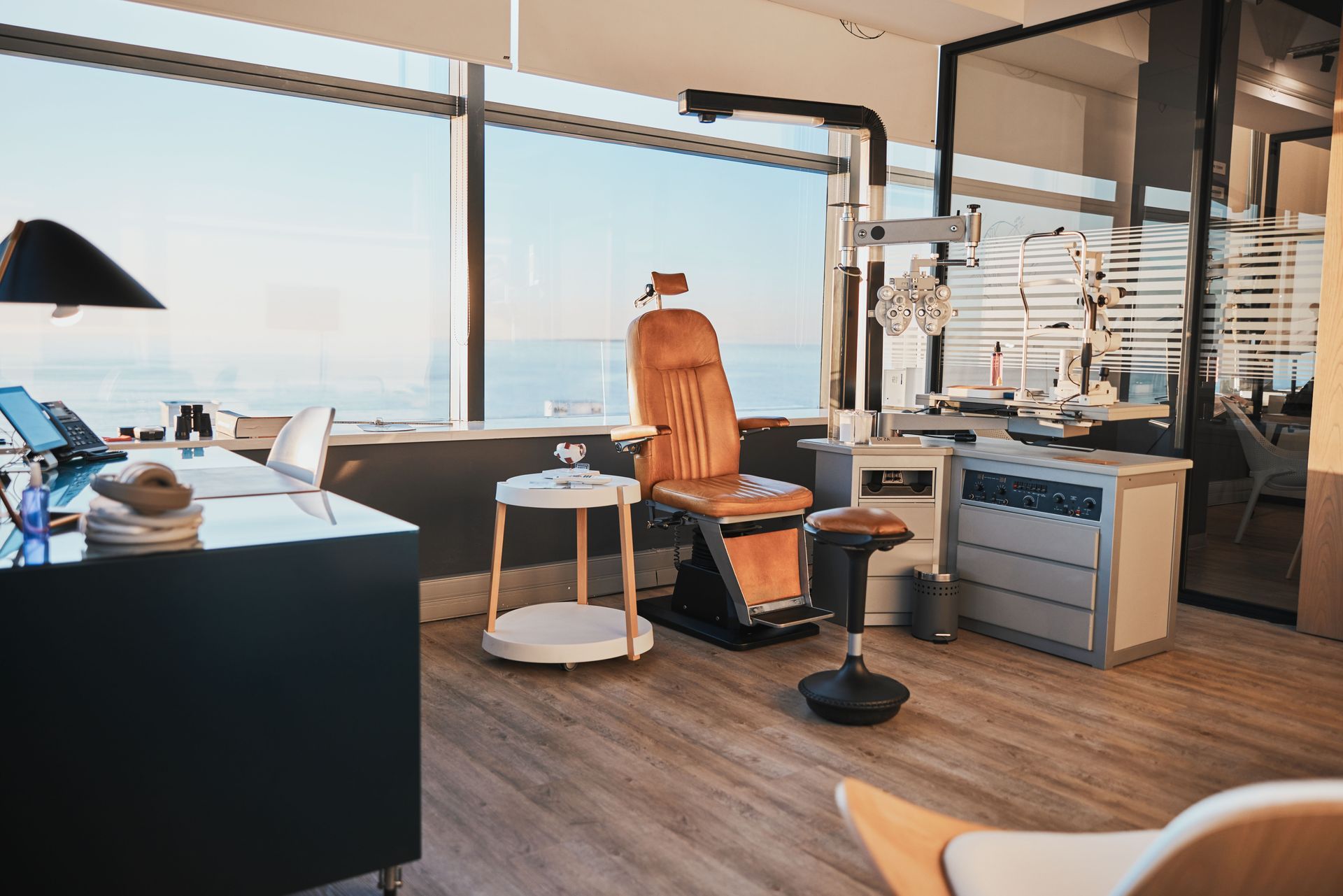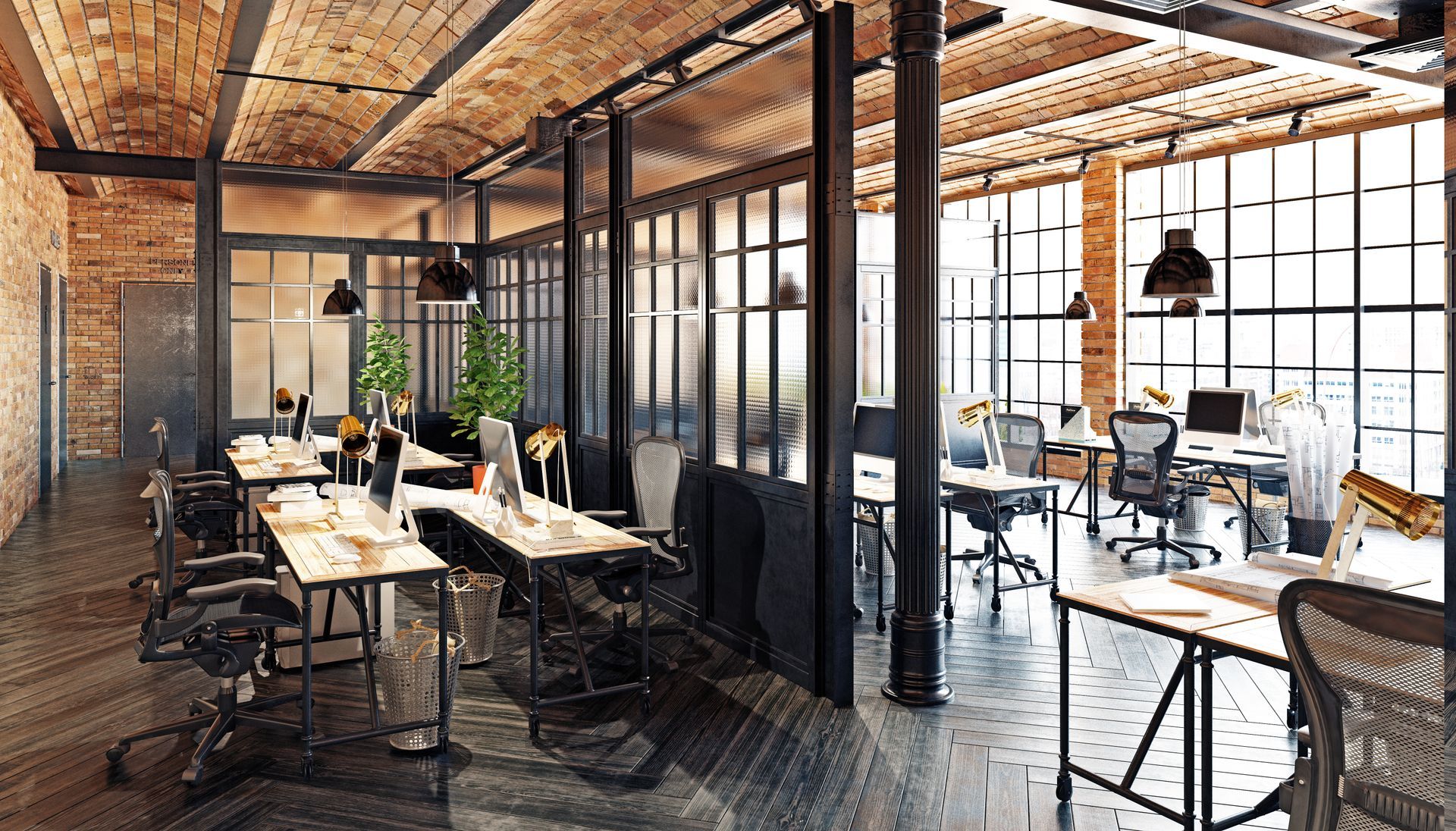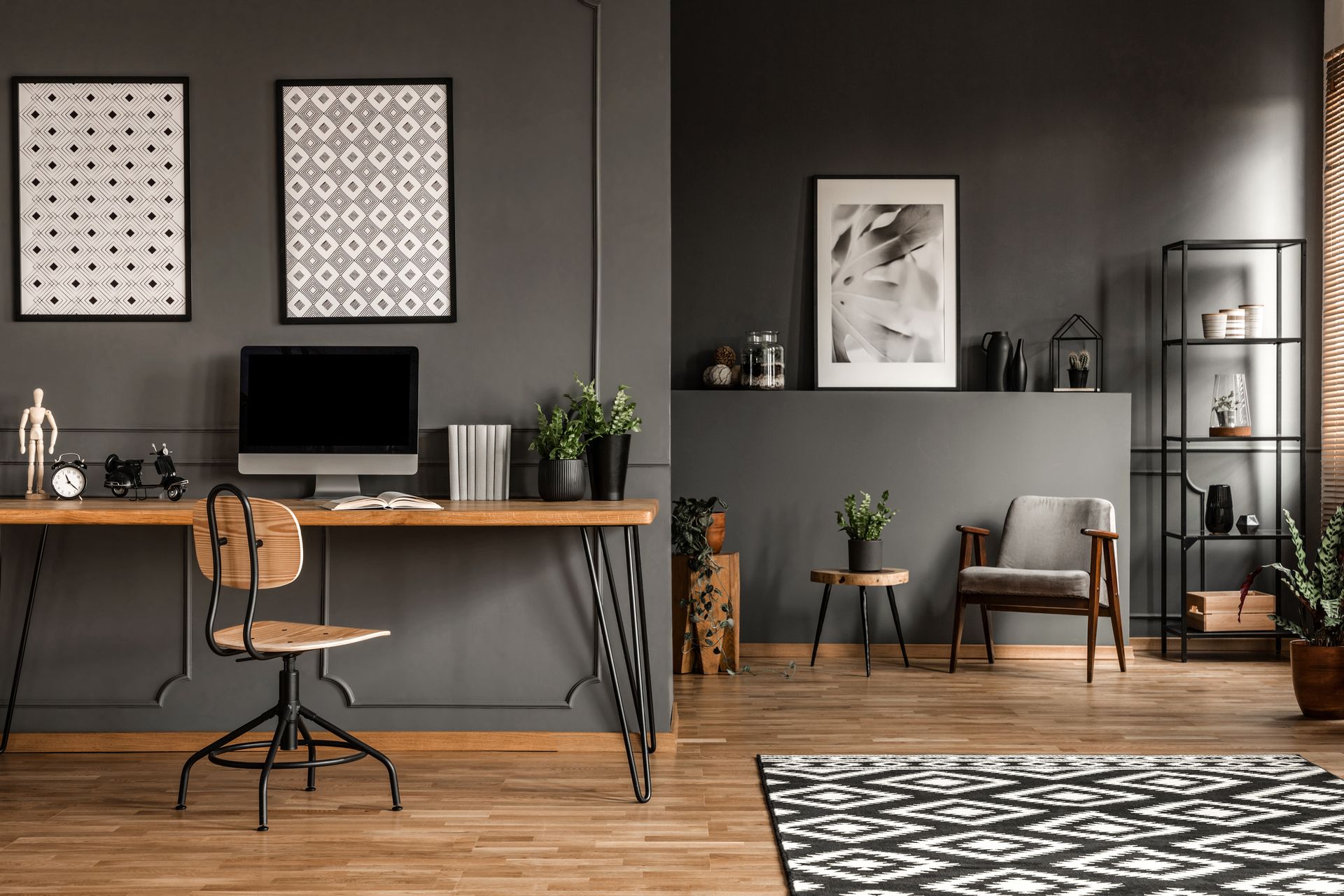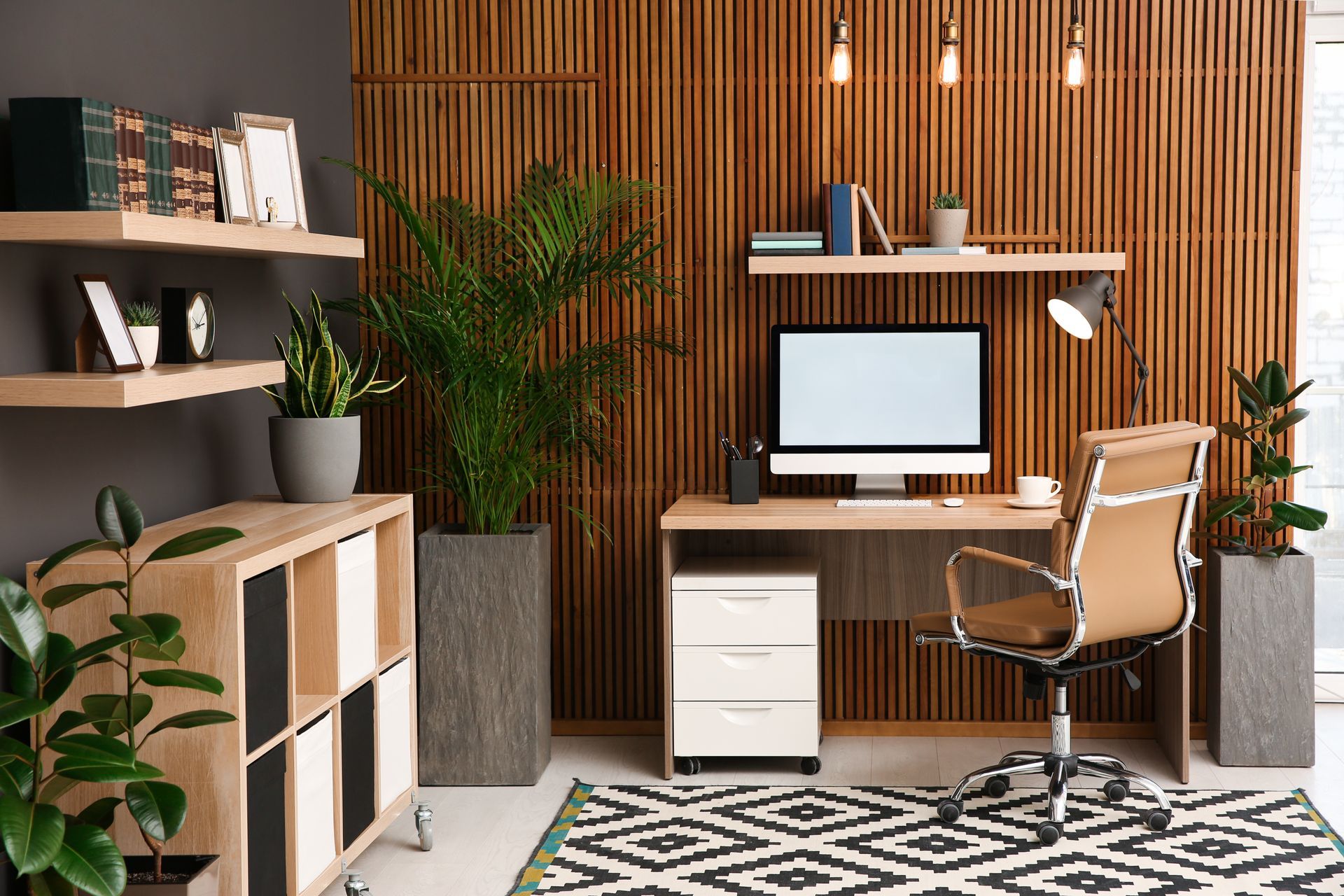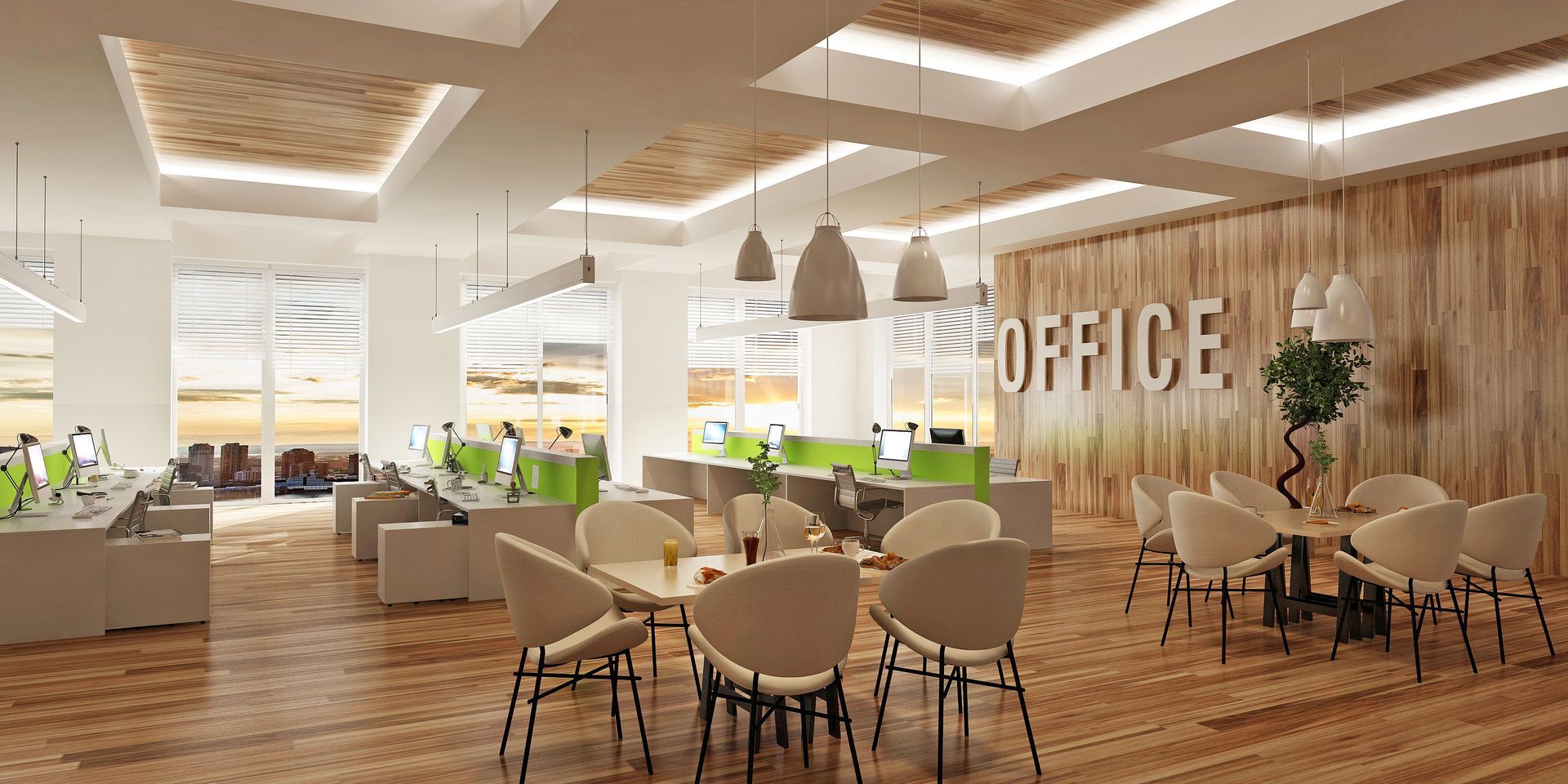Enhancing Employee Productivity Through Commercial Office Design
In today's fast-paced business world, a commercial office space design is more than just an aesthetic choice—it's a strategic decision that can significantly impact employee productivity and, in turn, overall business success. This article explores how thoughtful office design can foster an environment conducive to higher efficiency and better job performance.
The Science Behind Office Design and Productivity
Research has consistently shown that office design is critical to employee productivity. A well-designed office can lead to a happier, healthier, and more engaged workforce. Natural lighting, ergonomic furniture, and a well-thought-out layout can significantly affect employees' mental and physical well-being, directly impacting their productivity.
Vital Elements of Productive Office Design
- Natural Light and Ventilation: Studies indicate that natural light in the workplace improves mood and energy, significantly impacting focus and efficiency. Moreover, good ventilation can reduce health issues, thereby reducing absenteeism.
- Ergonomics and Comfort: The comfort of employees in their working environment is crucial. Ergonomic chairs and desks, for example, help reduce physical strain, lowering the risk of musculoskeletal disorders.
- Noise Control: While collaborative spaces encourage teamwork, noise control is essential for concentration and productivity. Balancing these elements is critical to an effective office design.
- Color Psychology: The color scheme of an office can subtly influence an employee's mood and energy levels. For example, blue is often associated with productivity, while green can be calming.
The Role of Technology in Modern Office Design
Technological advancements have introduced innovative solutions in office design. For example, automated lighting and temperature controls can create a more comfortable environment. Moreover, technology facilitates better communication and collaboration, which is essential in today's hybrid work models.
Balancing Aesthetics and Functionality
While functionality is crucial, aesthetics also play a vital role in office design. A well-designed office can physically manifest a company's brand and values, boosting employee morale and creating a more enjoyable work environment.
The Impact of Office Design on Business Success
Effective office design goes beyond productivity; it's about creating a space that supports the well-being of employees, leading to improved job satisfaction, lower turnover rates, and a positive company culture. This holistic benefit ultimately contributes to a company's bottom line and market performance.
Future Trends in Office Design
Sustainability and eco-friendly designs are becoming increasingly important. Similarly, biophilic design, which incorporates natural elements into the workplace, is gaining popularity. These trends not only reflect a shift towards more responsible business practices but also cater to the well-being of employees.
The design of a commercial office is a critical factor in enhancing employee productivity and overall business success. By considering elements like natural light, ergonomics, and the integration of technology, businesses can create environments that boost efficiency and foster a positive and healthy workplace culture. The trend towards more flexible, sustainable, and employee-centered office designs will likely continue, reflecting the evolving nature of work and the workplace.
You might also like
